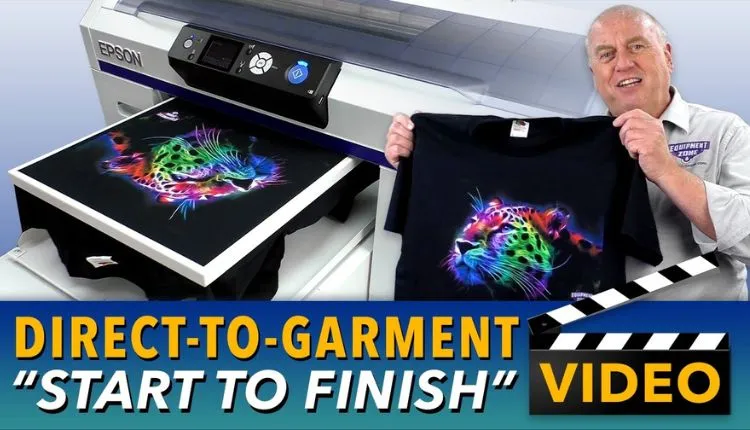Direct to garment printing (or DTG) is a popular choice for on-demand clothing. But before you jump on the bandwagon, you need to understand how it works and whether it’s right for your business.
Direct to garment printers spray water-based inks onto the garment using a modified inkjet technology. This method is faster and more affordable than screen printing.
1. Cost
PRUF DTG Printing (also called digital apparel printing or inkjet to garment printing) is a digital, eco-friendly way to print full color designs on t-shirts. It’s a fast and efficient way to get your company’s logo or brand name on a wide range of shirts and other promotional products.
DTG printers use process inks that include cyan, magenta, yellow and black to reproduce the colors you send from your computer. They also include white ink to allow for the reproduction of these same colors on dark fabrics.
DTG is less expensive than screen printing for low-quantity orders, and it is much quicker than screen printing. But it isn’t as cost-effective for high-volume orders.
2. Speed
If you’re looking for a fast, affordable way to print shirts in large quantities, then direct to garment printing is the option for you. DTG is a form of digital printing that saturates a shirt with specialized ink that soaks into the fibers of the garment, which means it won’t crack or peel like other methods of apparel printing.
DTG is great for printed t-shirts because it doesn’t require stencils to be created and there are no set-up costs involved. It also produces high-resolution designs that aren’t prone to fading or peeling.
3. Quality
Direct to garment printing is a great way to create a customised shirt. It can produce a high quality print that has excellent detail and is long-lasting.
However, it is not the most cost-effective method for mass production. It is, however, ideal for short production runs and for one-off shirts that have been made especially for you.
This technique uses a modified inkjet printer to spray water-based ink onto your fabric. The ink bonds with the fibers of your clothing, and it can be used to print a variety of colors.
4. Appearance
Direct to garment printing is one of the newest and most popular t-shirt printing methods. It uses a digital printer to apply ink directly onto the t-shirt fabric.
This process is a lot easier than traditional screen printing, as you don’t need to prepare and print out a stencil. It also has a shorter setup time, making it ideal for smaller runs.
It also has a few distinct advantages over screen printing, including a wider color palette, greater detail and the ability to print photographic quality images. However, it is important to note that DTG is not a perfect solution for all designs.
5. Customer Service
Customer service is a fundamental aspect of a successful garment printing business. It is not a slogan a company plasters on its walls or a sign hanging over its doorway; it is a philosophy that should be ingrained in every employee, and one that makes or breaks any business.
Direct to garment printing is great for short runs, offering the same great quality as screen printing at a fraction of the cost and no set-up charge. DTG also has a superior level of detail, meaning your designs are highly accurate and neatly defined. It is also ideal for full-color prints with lots of details, like gradients and textures. This is due to its high resolution and the fact that it uses digital printing, which eliminates any dots or specks.
